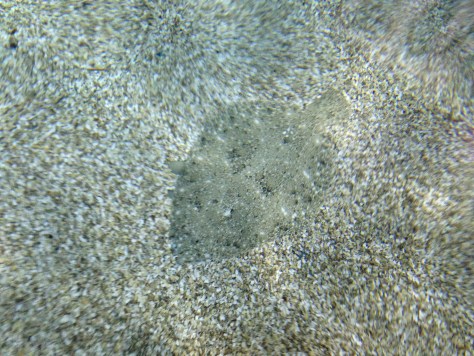New starters to paediatric wards, emergency departments and general practices around the country are faced with a huge array of formulas and equations to navigate. Most are relatively simple and require only a basic revision of multiplication tables. However some calculations are required in a time critical manner and anyone experienced in treating children knows how easy it is to make mistakes. In resucitation situations there may be many drug doses to calculate using some medications which may not be frequently used by the person prescribing them.
Given paediatric pharmacy is a very ‘mass’ based subject prompt calculation of weight is an essential first step. The traditional approach taken is that advised by APLS courses:
Weight 0 -1 = (Age/2)+4
Weight 1 -5 = (Age x2)+8
Weight 6 -12 = (Age x3)+7
There is a great blog from Simon Carley on the introduction of three equations rather than just one and the problems this may cause. The key point being does having three forumula increase complexity, and therefore risk of error, especially given we aren’t really sure what amount of difference in weight is clinically significant? Other mechanisms of calcuating weight do exist, the broselow tape for example, but I especially like this one via Dilshad Marikar
(2010 APLS weight estimation) – Talking to the hand from Paediatric Tools on Vimeo.
The Leicester Hospitals Emergency Department have been working for sometime on a drug calculator for use in Emergency Situations. I’m very grateful to Dr. Mike Pearce, Dr. Mark Williams and Dr. Steve Corry for their hard work on bringing this to fruition. In the spirit of ‘FOAM’ we are sharing our efforts, not because we think it is any better than other systems out there, but because we are sure improvements can be made.
It can be downloaded by clicking LRI Paeds Drug Calculator v1.4. It’s been extensively tested and has the approval of our senior paediatric pharmacist. As with all such calculators we can not accept responsibility for its accuracy or ensure its currency.
Please let us know what you think via comments, @damian_roland or @em3foamed





